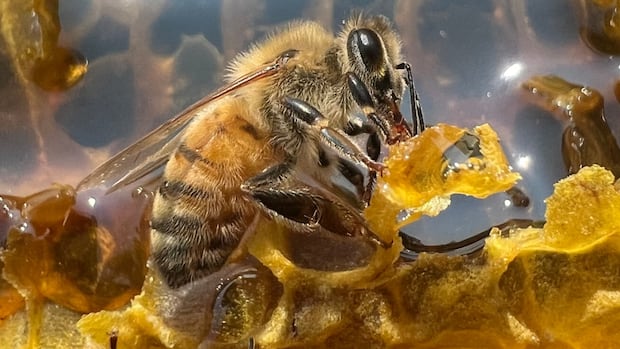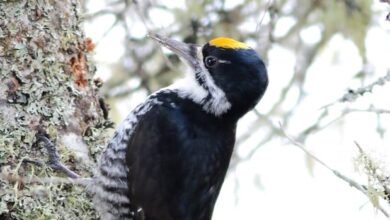Rare butterfly spotted for 1st time in over a century at Toronto’s High Park

A rare zebra swallowtail butterfly has made a surprising appearance in Toronto’s High Park for the first time in over a century. This beautiful black and white butterfly was discovered by Crystal Byrne, a passionate butterfly enthusiast who was exploring the park in search of different species.
“I was amazed to see this stunning zebra swallowtail butterfly,” Byrne shared. “It was truly unexpected, and I feel incredibly lucky to have witnessed such a rare sighting.”
The last time the zebra swallowtail was seen in High Park was all the way back in 1896, according to Bob Yukich, a member of the Toronto Entomologists’ Association. The reappearance of this species after so many years is truly remarkable and has sparked excitement among nature enthusiasts.
High Park is home to a variety of butterfly species, with approximately 74 different types being documented since the 1980s, as reported by the High Park Nature Centre. The presence of the zebra swallowtail serves as a beacon of hope, especially since its host plant, the Pawpaw, is not commonly found in the area.
However, the decline in butterfly populations is a concerning issue, largely due to habitat loss and the widespread use of insecticides. The zebra swallowtail, which was once abundant in southwestern Ontario, faced a decline in numbers as development led to the disappearance of its essential Pawpaw plant.
It is crucial to protect and preserve these delicate creatures, which is why the zebra swallowtail is classified as a “specially protected” species under Ontario’s Fish and Wildlife Conservation Act. It is illegal to harm, capture, transport, or kill these butterflies, as outlined in a City of Toronto report.
The rediscovery of the zebra swallowtail in High Park is a reminder of the importance of conservation efforts and the need to safeguard butterfly habitats. With continued conservation measures and international cooperation, we can hopefully ensure the survival of these beautiful and essential pollinators for generations to come.




